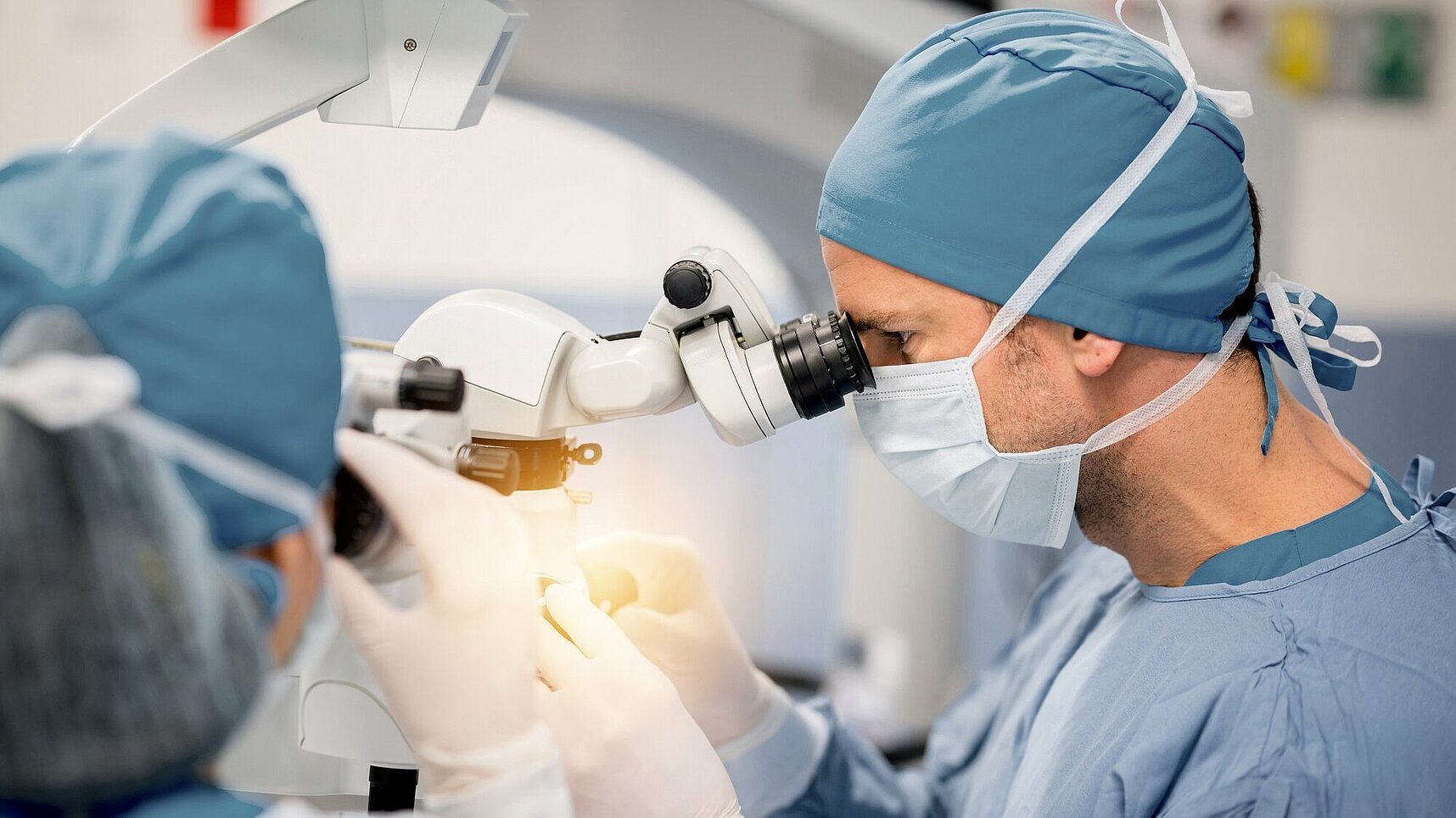Holding technologies in surgical robotics
At the heart of surgical robotics lies the principle of extreme precision and the assurance of patient safety. Holding technologies play a crucial role in meeting these requirements through their innovative design principles, such as permanent magnet and spring-applied technology. These technologies enable surgical robots to operate with remarkable accuracy, ensuring the safety and success of surgical interventions.
The role of electromagnetic brakes
A key component of holding technology is the electromagnetic brake. These brakes, integrated into the joints of robotic arms, regulate movement by restricting rotational motion when deactivated. This function is critical during surgeries, as it ensures that the robotic arm remains steady, providing the surgeon with the stability required for precise operations. Electromagnetic brakes come in various sizes and feature emergency stop functions, offering versatility and reliability in surgical environments.
With design principles rooted in electromagnetism, surgical robots use either spring-applied or permanent magnet brakes to achieve precise control. These brakes are seamlessly integrated into the robots, allowing for smooth and controlled movement across all axes.
Advancement and reliability
The development of holding technologies reflects a broader trend toward greater efficiency and safety in medical devices. These technologies not only provide precise control but also ensure reliability through fail-safe operation. In the event of a power failure, the brakes are automatically activated, preventing unintended movements and enhancing patient safety. Moreover, rigorous testing under various conditions ensures the durability and reliability of these components.
Selection and customization
The selection of appropriate holding technology is a nuanced process influenced by the specific requirements of each surgical application. Factors such as backlash, power density, and heat generation play a significant role in determining the suitable technology. Customization options, ranging from size to torque capacity, highlight the adaptability of holding technologies to the diverse demands of surgical robotics.
The future of surgical robotics
As surgical procedures continue to evolve, the importance of reliable and precise holding technologies cannot be overstated. The ongoing advancements in these technologies promise to enhance the capabilities of surgical robots, making surgeries safer and more efficient. The journey from their first use in the late 1980s to the current state of the art is a testament to the transformative power of technology in healthcare.
In conclusion, the integration of holding technologies into surgical devices marks a significant milestone in the development of medical technology. Looking to the future, the potential for further innovation in this field remains vast, with the promise of improving surgical outcomes and patient care.
If you want to find out which brake is the ideal solution for your application, download our whitepaper and discover tailored solutions that perfectly meet your needs.




